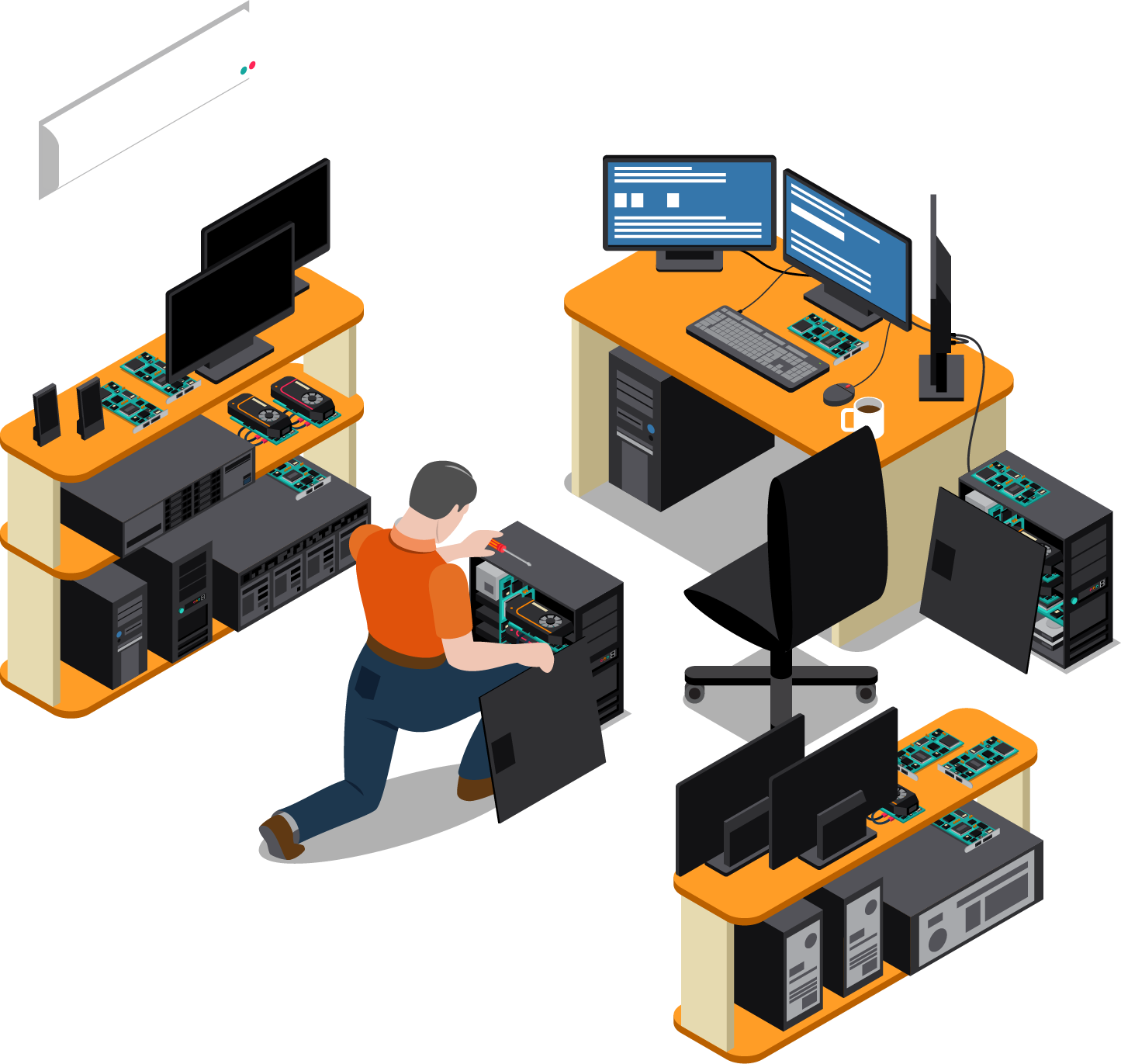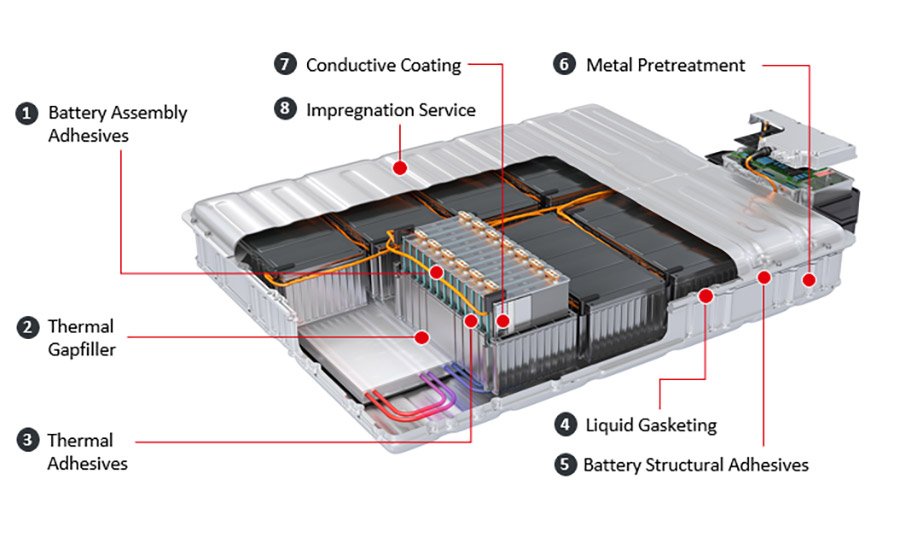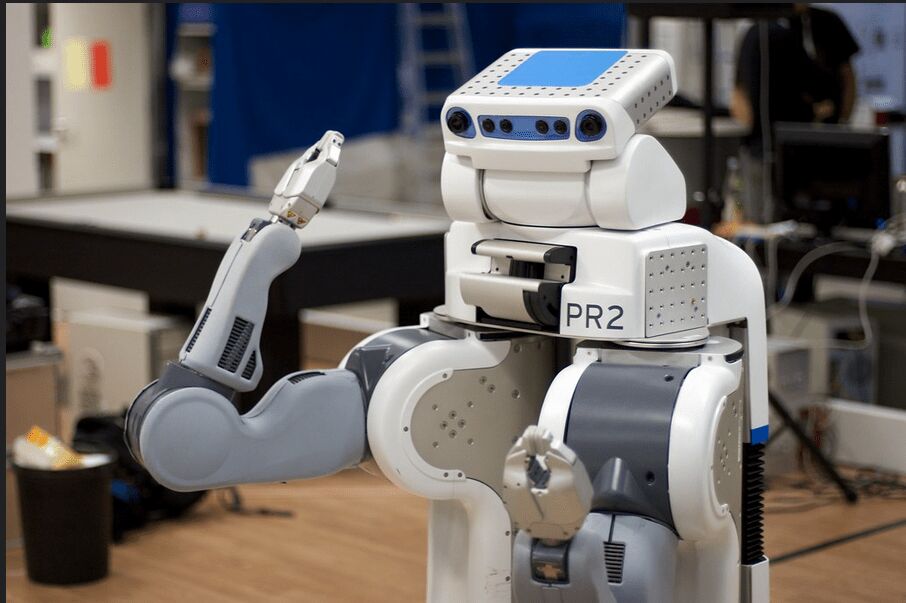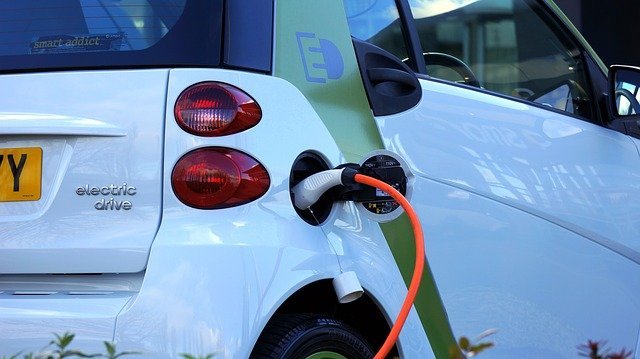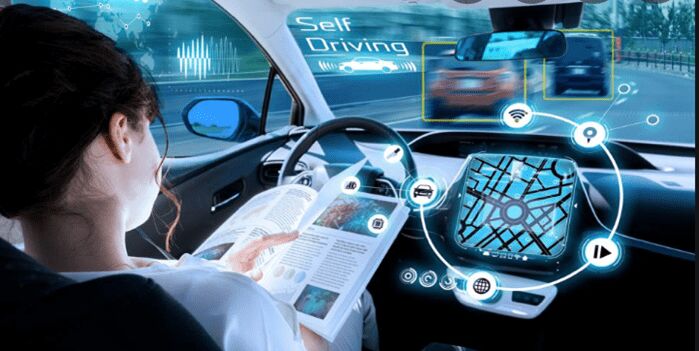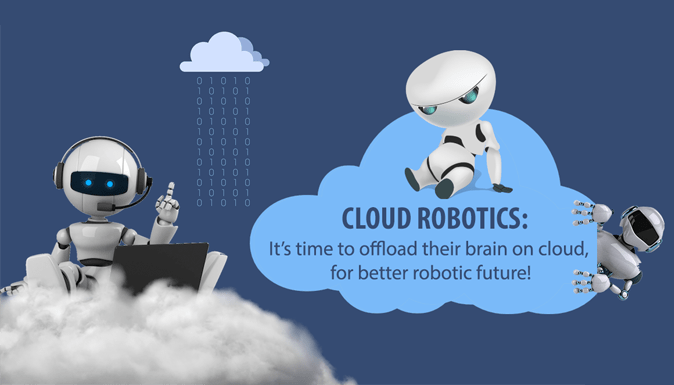Project Management Tools that help software developers to develop applications are called software tools. Today we will have a look at the 5 most popular software tools which are used to develop miscellaneous software. EES is taking a step forward to reconceptualize the methods applications are built. We feel pride in being called a reputed mobile app development company in Dallas that happens to work on the web, VR, GIS, and location-based app development, as well.
Best Project Management Tools
1. Jira
Jira is an issue tracking tool that is used by teams working on a project using agile methodology. It helps a team to plan, track and release software. Jira can be customized and its prevailing features can be used in all phases of development.
2. Zend Studio
Zend Studio is an IDE used for coding and testing web and mobile applications. It is an ultra-fast performance tool that helps in searching, indexing, and validating PHP applications. It helps in deploying PHP apps on all servers even on cloud-like Azure and AWS.
3. Nifty
Nifty is an easy-to-use project management solution that enables teams to create milestones, manage tasks, and files all in one central location. Nifty also has a portable team chat that makes it a breeze for teams to stay in sync.
4. Bitbucket
Bitbucket Is a source code repository for software project development source code? It is also a version control system based on the web which is used by teams to collaborate on code and also for code review. Its flexible deployment models of Bitbucket make this a very useful tool added by private repositories and collaboration of code on steroids. Etc.
5. GitHub
GitHub is a platform used for development and collaboration for reviewing code and management of software projects. It is used to build software applications and to manage, host, and review code. With help of GitHub, developers have the ability to document the code and then host it from GitHub repositories.
6. Dreamweaver
Dreamweaver Is a powerful tool from adobe that can be used as a programming editor to create all kinds of websites? It has support for different markup languages including XML, JavaScript, CSS, HTML, etc. It is available for windows as well for Linux. The latest version of dream viewer has the option to preview your website even before launching it. You can design responsive websites using dream viewer.
7. Azure
Azure is Microsoft’s cloud computing service to design, deploy, manage and test web-based software and hybrid cloud applications. Services provided by MS Azure include CDN, Virtual Network, Migrate apps, messaging, storage data management, etc.
8. NetBeans
NetBeans is free and open-source software written in Java which is used to build mobile and web applications easily. It is a cross-platform tool that works on all OS like Mac, Linux, Windows, and Solaris. It is full of features like smart code editing, process management, and the development of a user interface.
9. Bootstrap
Bootstrap Is a free and open-source framework for developing fast and responsive mobile and web applications using technologies like HTML, JavaScript, and CSS. It can be customized according to the need of the project because it is open source. It also supports a smart drag and drop facility and supports a wide range of features like pre-built components, plug-ins, sass variables, and mixings that allows its users to make powerful applications.
10. Eclipse
Eclipse is a popular Java IDE that is used for application development by software developers in computer programming. In addition to java, it is also used for other languages like C++, C#, C, ABAP, PHP, etc.

